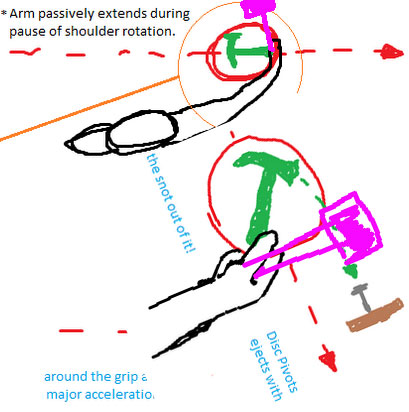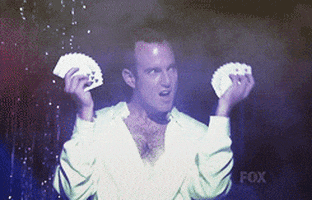I'd be hard to argue one way over the other - but for a new player, getting on the feet up approach early will set you on the fast track. Just based on the number of people posting w/ plateau issues that are hamstrung with their feet, hips, bracing - I'd lean that way.
Even once I felt the hit, and knew what I was aiming for, it took me months and months to be able to semi-reliably "crack the whip" at the last second.
Cracking the whip is a great analogy too.
So finally, today I just had to run out to the field again. Yesterday felt so good, I wanted to see if I could get an open field. Friggen volleyball players parked in the middle. Waited.
They finished up, I grabbed a stack of discs and went for it. Warmed up and then got into it.
Slight 4-5mph direct tail wind, 164g Champ Tern. Nose down, raised the trajectory to about 15' off the ground, hammered it hard.
Felt like butter out of the hand, and I started laughing.
Longest throw yet.



